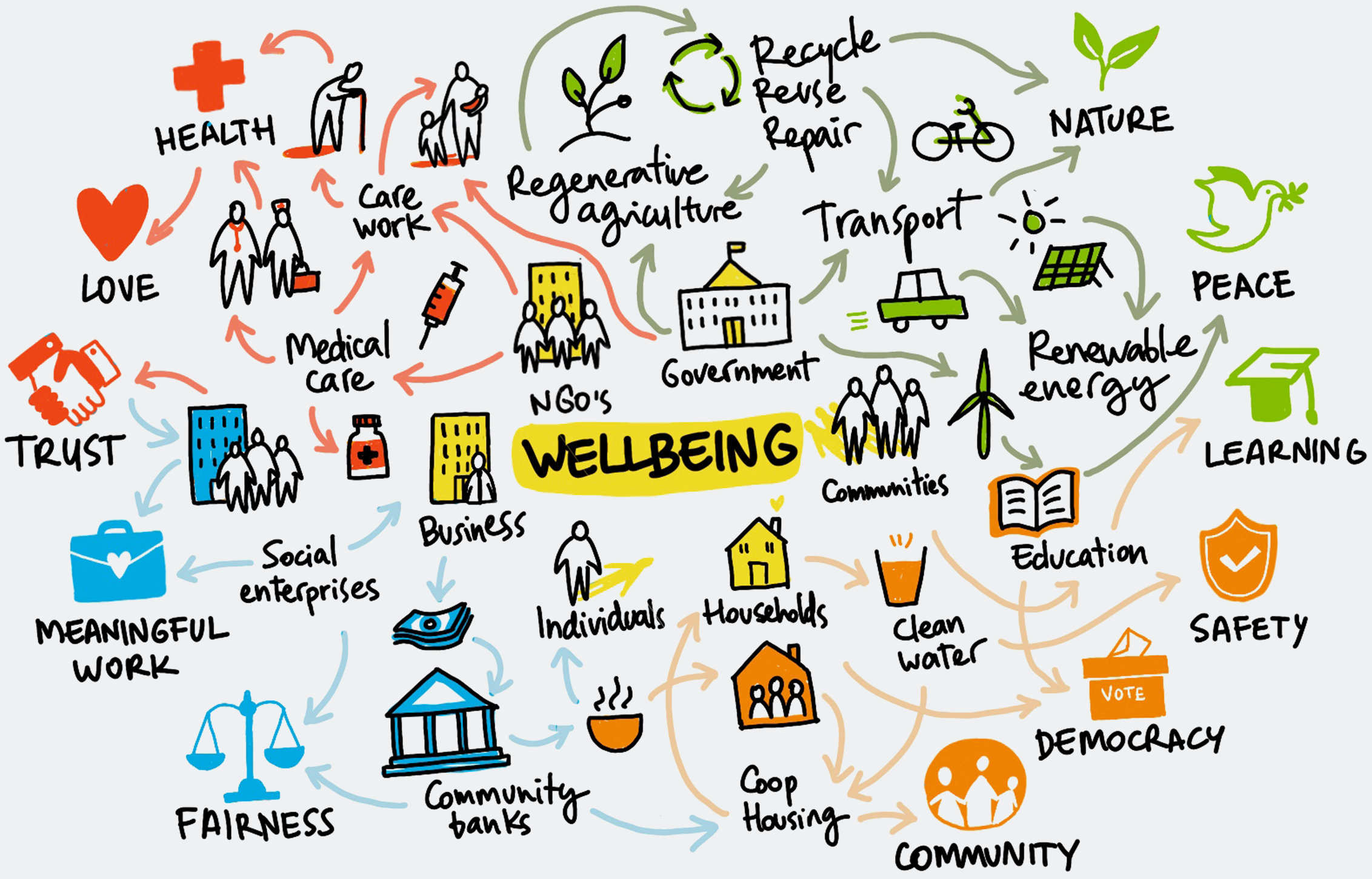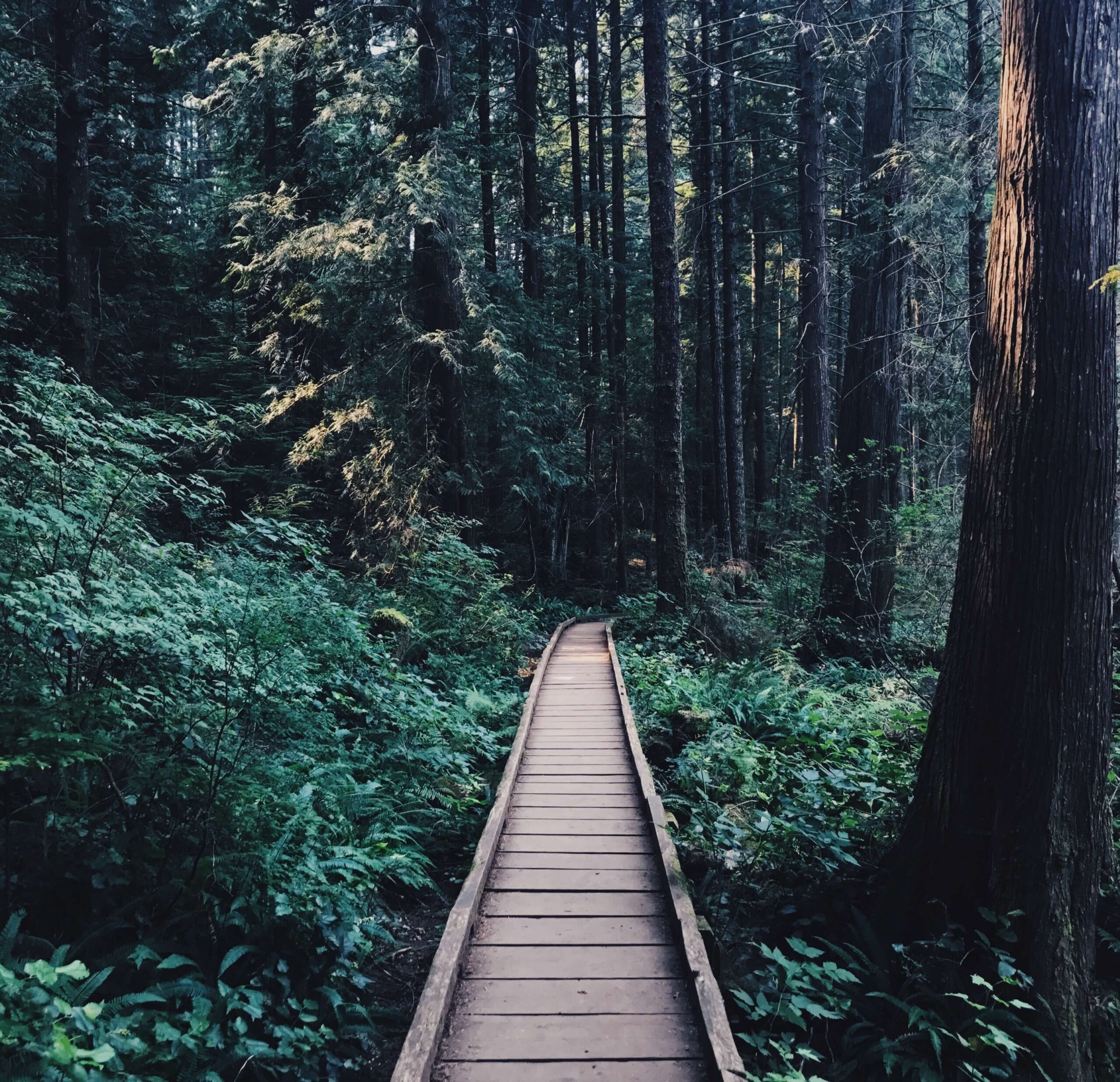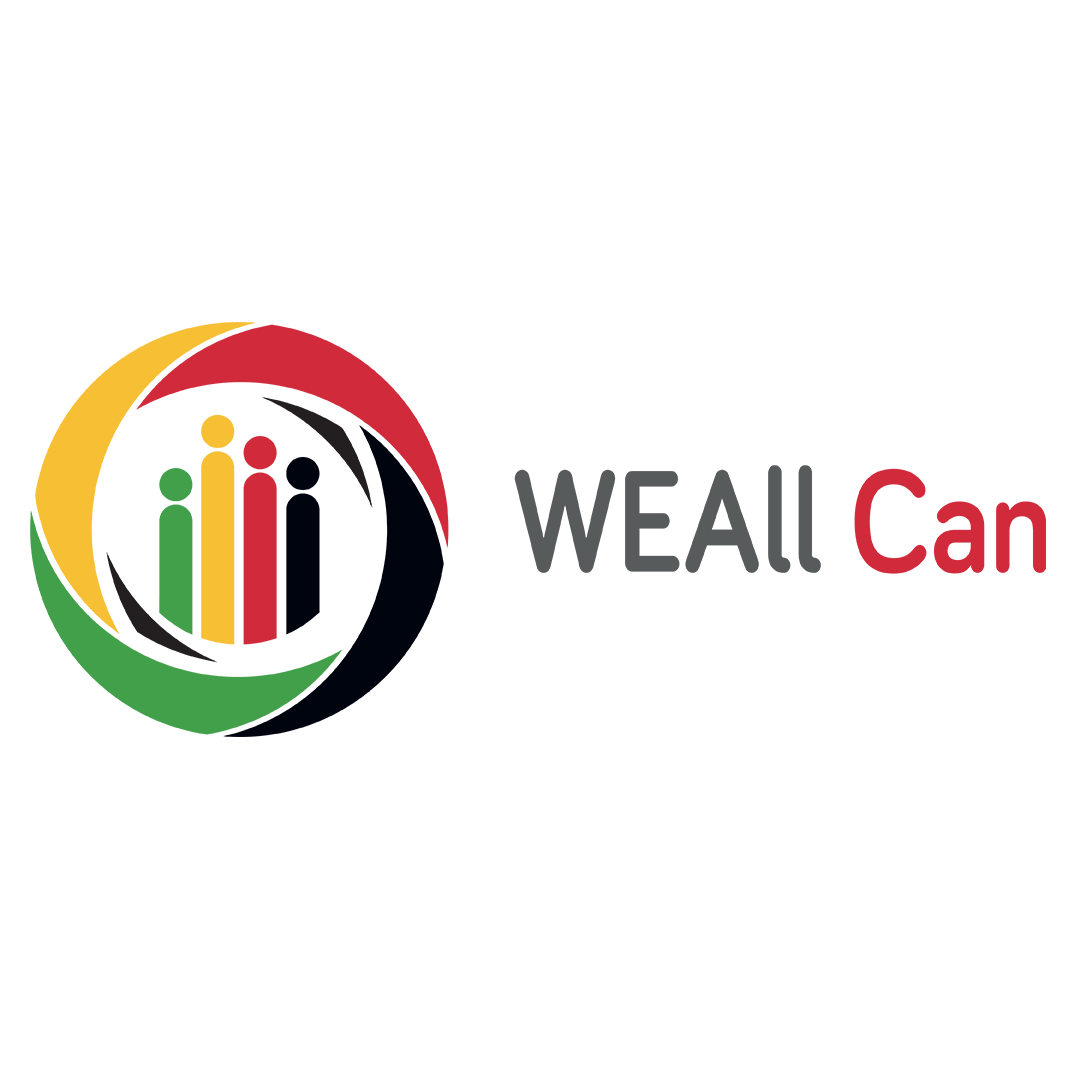What is a well-being economy?
A well-being economy is an economy designed with a different purpose than the growth at all costs we’ve come to accept. A well-being economy puts your quality of life and the health of the natural world first.
A well-being economy is purpose-built to deliver collective well-being for people and the planet. It is an economic system in which every person is sufficiently provided for, in ways that promote human flourishing and are in harmony with our natural environment.
Instead of wasting time and resources fixing the societal and environmental damage caused by growth-focused economies, a well-being economy delivers good lives the first time around. A well-being economy embraces new ways of defining and measuring success.
It may sound radical, but the premise of well-being economies is not new. The principles that inform well-being economies can be found in Indigenous knowledge and ways of living. And today, they’re already being implemented in countries like Scotland, New Zealand, Bhutan and Iceland.

What does well-being look like?

The needs
Our current economic model needs to be re-imagined and its systems need to be redesigned.

Purposeful
The economy is built to deliver for people and the planet. Every aspect of the economy is oriented toward that goal.

Regenerative
The economy must be circular, and put back into nature the capacity it withdraws.

Fair and redistributive
Wealth and power imbalances are shifted to reduce inequalities.

Secure and stable
Every member of society has what they need to live a secure and dignified life.

Collaborative
Management and decision-making around common goods are shared.
The goals
Well-being economies may take different shapes in different contexts, but at their heart they should share these basic five goals:

Dignity
Everyone has enough to live in comfort, safety and happiness


Nature
A restored and safe natural world for all life

Connection
A sense of belonging and institutions that serve the common good

Fairness
Justice in all its dimensions at the heart of economic systems, and the gap between the richest and poorest greatly reduced

Participation
Citizens are actively engaged in their communities and locally rooted economies

The path
Everyone has a role to play in the transformation to a well-being economy. The path is complex, difficult and entirely possible.
- Starting at the individual level, we all have the ability to spread the word among friends, families and colleagues, to make our votes count and to support businesses that are taking steps to be more responsible.
- Civil society groups need to collaborate through organizations like WEAll Can to amplify their shared vision.
- Businesses need to start shifting their operations to become more socially responsible.
- Governments need to introduce the legal framework necessary for the rest of the moving parts to fall into place. It’s already happening, through mechanisms like Canada’s new Quality of Life Framework, but we have a long way to go.

